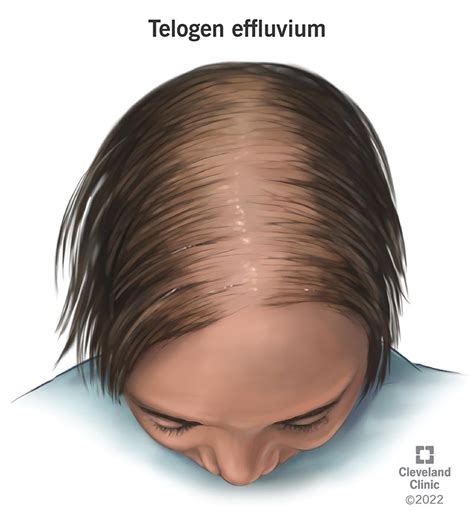The Silent Epidemic
Approximately 40% of individuals experience hair loss by the age of 35, and 60% of men and 50% of women face hair loss at some point in their lifetime. Androgenic alopecia, also known as male-pattern baldness, is one of the most common causes of hair loss on top of the head, affecting 50% of men by age 50 and 20% of women by age 60.

What Causes Hair Loss on Top of Head?
1. Androgenic Alopecia (Male-Pattern Baldness)
This is a hereditary condition that causes hair loss in a specific pattern, typically starting with a receding hairline and thinning hair at the crown of the head. It is caused by a combination of genetic factors and the hormone dihydrotestosterone (DHT), which shrinks hair follicles.
2. Telogen Effluvium
This is a temporary hair loss condition that occurs as a result of stress, hormonal changes, or certain medications. It causes excessive hair shedding, leading to noticeable thinning on the scalp.
3. Alopecia Areata
This is an autoimmune disorder that causes patchy hair loss, often in circular or oval patches. It can affect any part of the scalp, including the top of the head.
4. Trichotillomania
This is a psychiatric disorder characterized by compulsive hair pulling, which can result in hair loss on the scalp, eyebrows, or eyelashes.
How to Prevent Hair Loss on Top of Head
1. Manage Stress
Ensure adequate relaxation and sleep to minimize the risk of stress-induced hair loss.
2. Avoid Excessive Heat Styling
Overstyling with heat tools can damage hair and contribute to hair loss.
3. Eat a Healthy Diet
Incorporate iron, zinc, and vitamins A, C, and E into your diet to promote healthy hair growth.
4. Use Hair Loss Products
Minoxidil (Rogaine) and finasteride (Propecia) are approved by the FDA for treating hair loss in men. These products can slow down or stop hair loss and even promote hair regrowth.
Treatments for Hair Loss on Top of Head
1. Medical Treatments
- Minoxidil
- Finasteride
- Dutasteride
- Spironolactone
2. Surgical Treatments
- Hair transplantation
- Scalp reduction surgery
- Hair restoration surgery
Common Mistakes to Avoid When Dealing with Hair Loss on Top of Head
1. Ignoring the Problem
Hair loss will worsen if left untreated.
2. Using Unproven Treatments
Avoid miracle cures or ineffective treatments that can further damage your hair.
3. Getting Discouraged
Treating hair loss takes time and patience. Don’t give up too soon.
Conclusion
Hair loss on top of head can be a distressing issue, but it is important to remember that you are not alone. With the right diagnosis, treatment, and prevention strategies, you can manage your hair loss and maintain a healthy, confident appearance.
